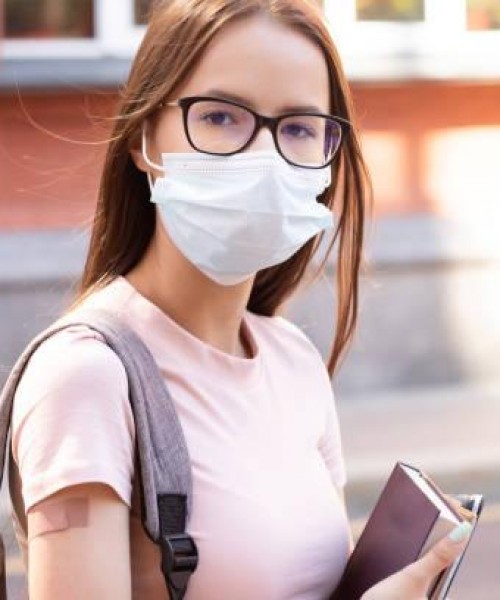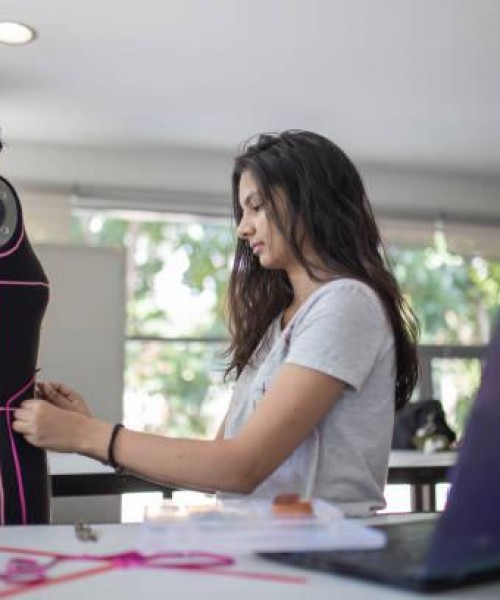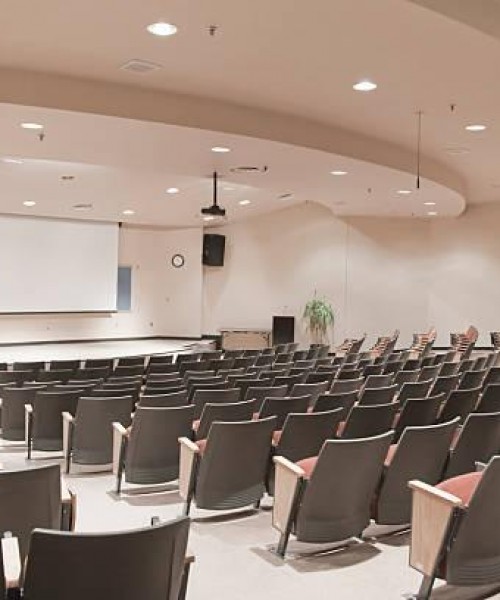英语专业论文 Design a simple apnea detection system
1.1.3 Respiration Signal Specifications
Amplitude - 2-200mV
Frequency waveform-0 - 150Hz
Repetition frequency- 20 cycles per minute (adults)
- 100 cycles per minute (neonates)
1.1.4 Respiratory Measurements
Respiration rate
Tidal volume
Apnea's
Obstructive apnea
Central apnea
Hypopnea
Tachypnea
Bradypnea
Apnea index
Also several correlations between EEG, REM sleep, apnea's, quiet sleep, non-quiet sleep and de-saturations.
1.2 APNEA AND ITS TYPES
Apnea is the cessation of breathing during sleep which may precede the arrest of the heart and circulation in several clinical situations such as head injury, drug overdose, anesthetic complications and obstructive respiratory diseases. Apnea may also occur in premature babies during the first weeks of life because of their immature nervous system. If apnea persists for a prolonged period, brain function can be severely damaged. Therefore, patients suffering from apnea require close and constant observation of their respiratory activity. Apnea monitors are particularly useful for monitoring the respiratory activity of premature infants.
There are three types of sleep apnea. They are
- Obstructive apnea
- Central sleep apnea
- Mixed or complex sleep apnea
1.2.1 Obstructive Sleep Apnea
Individuals with obesity due to low muscle tone and soft tissue around the airway give rise to a narrowed airway ,so they are at high risk of obstructive sleep apnea. The elderly people are more likely to suffer from OSA than young people because of their food habits, smoking and alcoholic life style. Men are more typical sleep apnea sufferers when compared to women and children.The risk of OSA rises with increasing body weight, age, high cholesterol, sinus problems, and in addition, patients with diabetes have up to three times the risk of having OSA compared to others. Loudsnoring, restless sleep, and sleepiness during the daytime are some of the common symptoms of OSA. Diagnostic tests include homeoximetryorpolysomnographyin a sleep clinic. Treatment includes CPAP apparatus that gives continuous positive airway pressure in order to expand their narrowed nasal pathway
1.2.2 Central Sleep Apnea
When the brain's respiratory control centers are imbalanced during sleep, it results in pure central sleep apnea ,also called as Cheyne-Stokes respiration. In this type of apnea the brain pauses to trigger the respiratory activity for about 30 seconds and triggers when it realizes that the patient suffocates for oxygen. The sleeper do not breathe for a certain period, during which there are no chest movements and no effort by the patient. Brain does not react immediately with a neurological feedback to make the respiratory rate even. There is a swing between apnea and hyperpnea in order to compensate the need for oxygen. After an apnea episode the hypoxia condition is reduced by breathing faster and absorbing more oxygen. Central sleep apnea may be due to hypertension, excess stress,and neuronal damage.In most of the cases CSA is treated with medications while some need surgery. Fig.1.3 shows Central Sleep Apnea.
1.2.3 Mixed Sleep Apnea
Mixed sleep apnea is a combination of obstructive and central sleep apnea . It is also called as complex sleep apnea.When obstructive sleep apnea syndrome is severe and longstanding, some episodes of central apnea develop during the course of sleep. Though the exact mechanism of the loss of central respiratory drive during sleep in OSA is unknown it is most commonly related to acid-base and CO2feedback malfunctions originating fromheart failure. Complex sleep apnea has been described by researchers as a different dimension of sleep apnea. Patients with complex sleep apnea when treated with positive airway pressure for OSA was observed to exhibit persistent central sleep apnea. In sleep-disordered breathing there is a collection of diseases and symptoms relating to body mass, cardiovascular, respiratory, and occasionally, neurological dysfunction that have a synergistic effect.
1.2.4 Hypopnea
Hypopnea refers to a transient reduction of airflow (often while asleep) that lasts for at least 10 seconds, shallow breathing, or an abnormally low respiratory rate. Breathing that is shallower or slower than normal. Hypopnea is distinct from apnea in which there is no breathing. Hypopnea comes from the Greek roots hypo- (meaning low, under, beneath, down, below normal) and pnoe (meaning breathing). Hypopnea is less severe than apnea (which is a more complete loss of airflow). It may likewise result in a decreased amount of air movement into the lungs and can cause oxygen levels in the blood to drop. It more commonly is due to partial obstruction of the upper airway
1.2.5 Tachypnea
Tachypnea means elevated respiratory rate. In some situations, this might be usual, for example when climbing a flight of stairs. In disease it is indicative of problems with oxygenation. It occurs when the patient is breathing really hard to compensate for the higher than usual PCO2. When the patient is tachypneic it is important to sit him up in bed. In tachypnea the tidal volume is decreased, the minute volume may be the same because the respiratory rate is increased. Decreased tidal volume will have bad consequences for the patient because a lot of energy is being spent on moving dead air space which does not help oxygenate the interior of lungs where gas exchange takes place.
1.2.6 Bradypnea
This is a slow respiratory rate which is seen in the post anesthetic or sedated patient. Bradypnea is also seen in patients who have taken overdoses of barbiturates and/or hypnotics. Bradypnea with a respiratory rate of more than ten breaths may correct itself as the patient recovers from the anaesthetic gases. Sometimes, in bradypnea, the patient compensates by increasing the tidal volume thereby the blood gases and oxygen saturation remain stable.Fig 1.6 shows bradypnea with respiratory rate 8b/min.










